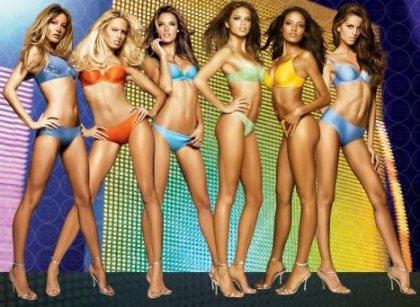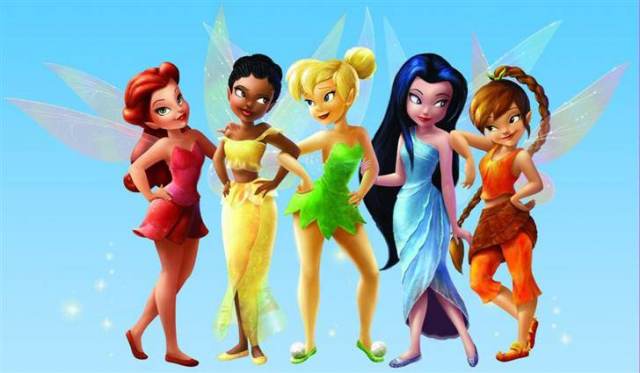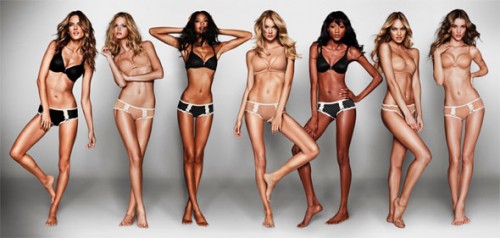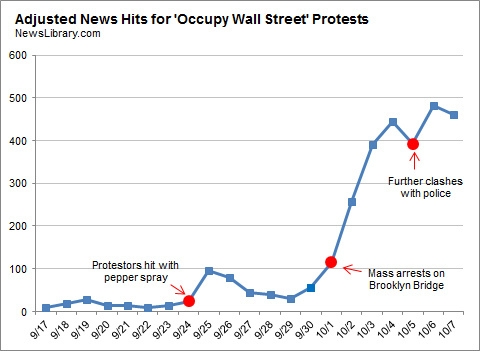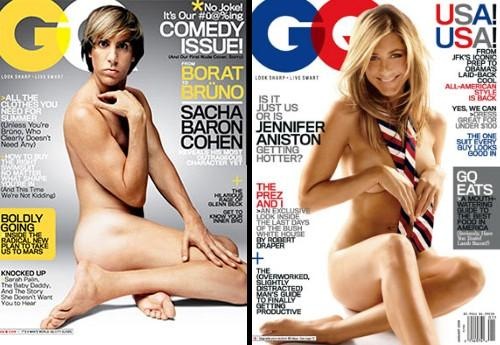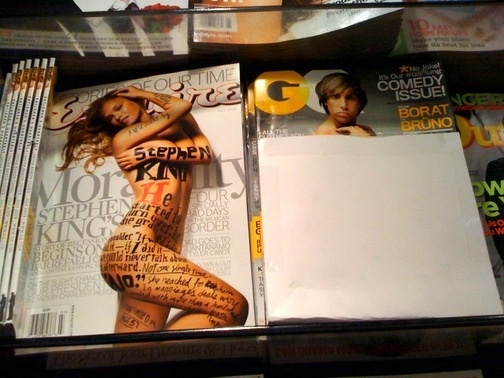Cross-posted at Racialicious and Caroline Heldman’s Blog.
Tower Heist (2011) the new movie starring Ben Stiller and Eddie Murphy, is the latest installment in blatantly racist movie-making. Stiller plays a high-end condo manager in Manhattan who bails out a local criminal (Murphy) to steal a stash of cash that one of the wealthy condo residents swindled from the condo staff. It’s been nearly thirty years since Murphy played nearly the same character in his breakout role in 48 Hours, and the fact that he is still cast as a jive-talking criminal speaks to how little has changed when it comes to the portrayal of black Americans in popular culture.
Hyperbolic racial stereotypes are still sooooo amusing for some. As LA Times film critic Betsy Sharkey writes, “Murphy and Stiller are a good pair, with Murphy once again mainlining his ghetto-comedy crazy and Stiller suited up for another straight-man gig. These are the kinds of roles they both do best, and their face-off in the front seat of an out-of-control car is worth the price of admission.” (Now reverse the names in this quote to see how racialized and racially offensive it is.)
Perhaps more disturbing is the way in which film critics are talking about this movie as a comback for Eddie Murphy (“Eddie Murphy’s Road to Reddemption,” “Tower Heist: Murphy is Back on Top,” “‘Tower’ Heist Features Eddie Murphy Back in ‘Classic ’80s Form“). What does it mean when playing an insultingly stereotypical black criminal is deemed “redemption” for a black actor whose movies have grossed nearly $7 billion worldwide? And where, exactly, did Eddie Murphy go? The Shrek series grossed nearly $3 billion worldwide, while his Nutty Professor and Doctor Dolittle franshises grossed $428 million and $470 million, respectively. Murphy has appeared in a steady stream of successful movies in the past decade, including Dreamgirls for which he was nominated for an Academy Award.
Closer examination of media critics’ analysis reveals a nostalgia for Eddie Murphy’s breakthrough role as a criminal in 48 Hours. Jon Niccum writes that inTower Heist “Murphy shows flashes of the aggressive, non-family-friendly persona that made him a superstar following 48 Hours. Aggressive? Non-family friendly?

To summarize, Eddie Murphy grossing oodles of money as a successful director, producer, writer, and actor in films featuring him as a doctor, a veterinarian, a dedicated father, and the voice of a beloved donkey in the second highest-grossing animated film of all time is considered some sort of failure, but playing a jive talking felon is redemption. Huh?
There are many ways to interpret this — that Hollywood and movie critics (and many in society) are more comfortable with black actors playing damaging, stereotypical roles involving criminality, violence, and deviance (remember back in 2002 when Denzel Washington finally won the Oscar for playing a crooked cop?); that male actors are failures if they appear in family-friendly movies, regardless of how economically successful these movies may be; that to be considered successful, male actors have to appear in movies geared towards male audiences.
Whatever the reason(s), it is embarassing for Hollywood and its “critics” to continue to be so ignorant. Eddie Murphy called out the movie industry’s racism at the 1988 Academy Awards during his presentation of the Best Picture award: “I’m going to give this award, but black people will not ride the caboose of society and we will not bring up the rear anymore. I want you to recognize that.” Two decades later, Murphy finds himself riding the caboose, furnished by the creators of Tower Heist.


